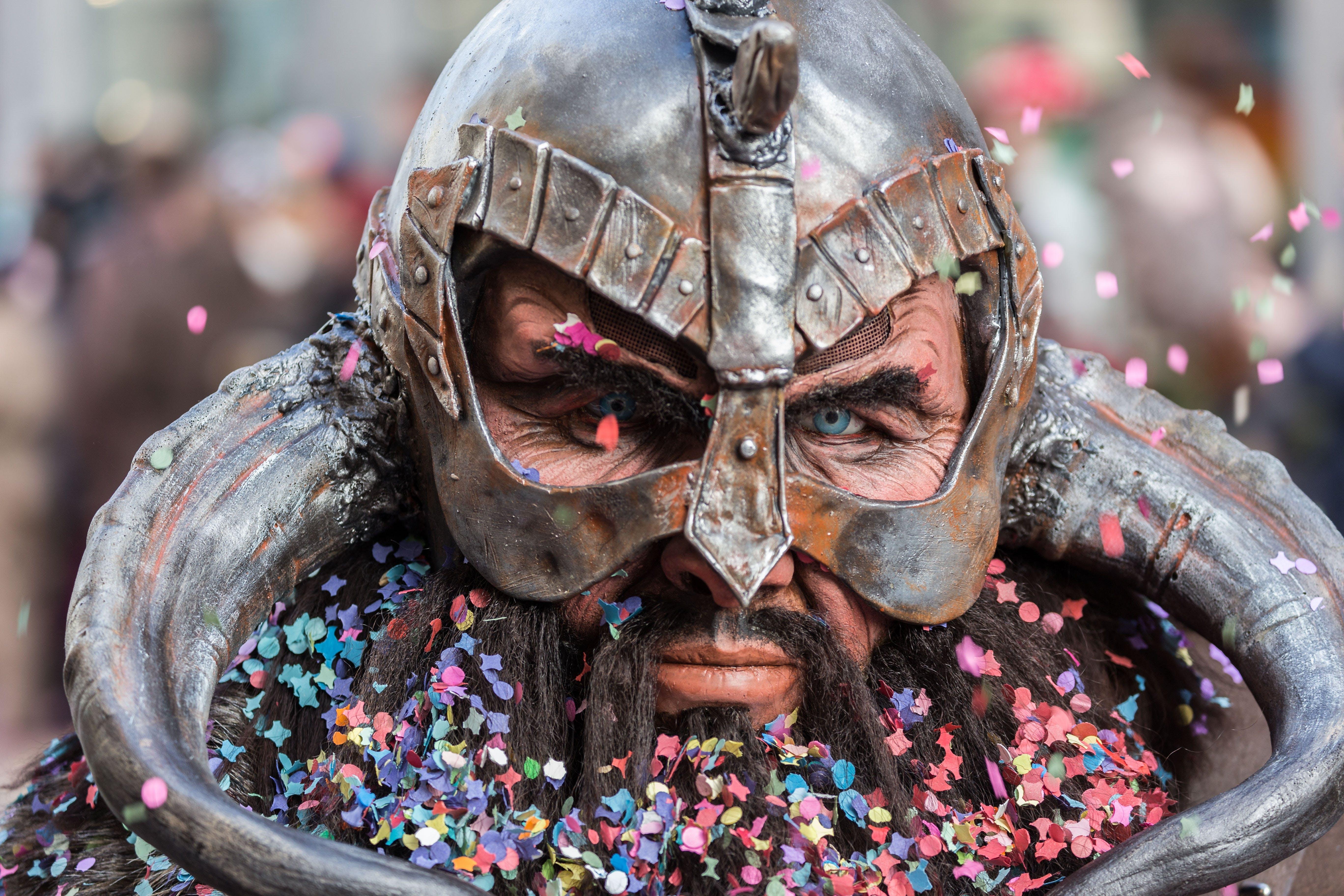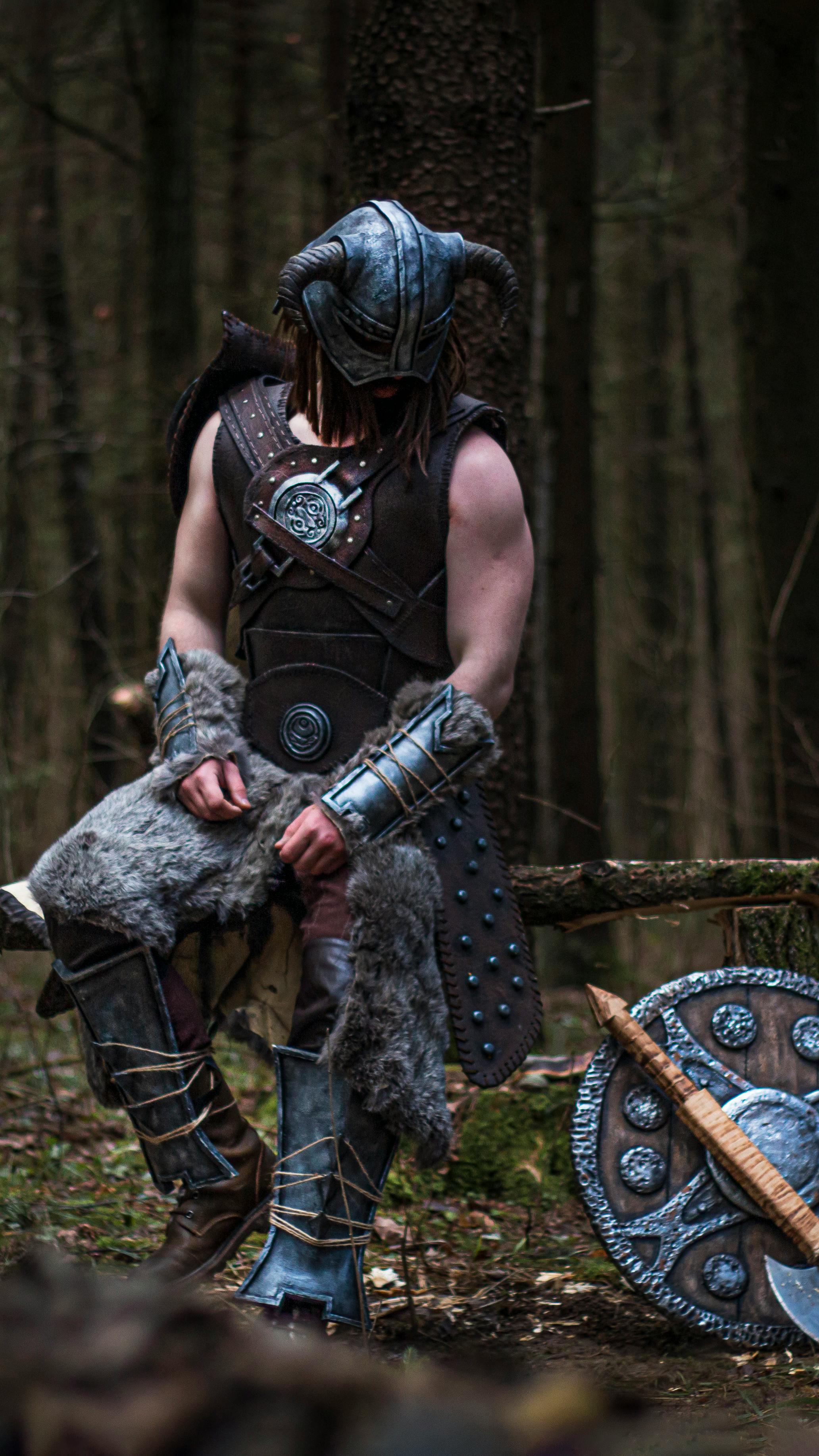With their iconic longships and fierce reputation, the Vikings have captivated our imagination for centuries. But who were these Scandinavian seafarers, and what was their impact on medieval Europe? Join us on a historical adventure as we delve into the world of the Vikings and uncover the profound influence they had on the societies they encountered.
From their highly successful raids and conquests to their exploration of distant lands, the Vikings left an indelible mark on European history. We’ll explore the reasons behind their remarkable success, examining their unparalleled navigational skills, military prowess, and strategic planning. Along the way, we’ll meet legendary figures such as Ragnar Lothbrok and his famous sons, who played a pivotal role in shaping Viking history.
But not all Viking tales are steeped in bloodshed. As we dig deeper, we’ll also uncover lesser-known aspects of Viking society, such as their complex social structures, the role of shield maidens, and the intriguing dynamics of Viking marriages. Join us as we separate fact from fiction, examining the historical accuracy of the captivating accounts surrounding Ragnar Lothbrok and his enthralling saga.
The Vikings didn’t just leave a trail of destruction in their wake; they also brought about significant cultural and economic changes that shaped medieval Europe. We’ll explore the lasting impact of the Vikings on European society, from their influence on language and storytelling to their role in trade and commerce. So, grab your horned helmet and strap in for an enlightening journey through the Viking Age and its enduring legacy.
Stay tuned for our series of blog posts as we unravel the captivating story of the Vikings and their sweeping impact on medieval Europe.
Welcome to the world of the Vikings – where adventure, exploration, and a legacy of discovery await!
The Impact of the Vikings
The Vikings, those fearsome warriors from the North, are often associated with pillaging and plundering. But they were so much more than just raiders with cool horned helmets! Let’s dive into their impact and explore how the Vikings shaped history in ways you might not expect.
Explorers Extraordinaire
The Vikings were not content with simply terrorizing coastal villages; they had an insatiable thirst for exploration. Leif Erikson, for example, is believed to have reached North America around the year 1000, almost 500 years before Christopher Columbus. Can you imagine the looks on Columbus’s face when he realized he wasn’t the first to stumble upon those shores?
Contributions to Language
You might not realize it, but the Vikings had a profound impact on the English language. Many everyday words we use today have Scandinavian origins. Take a moment to thank the Vikings for words like “berserk,” “slaughter,” and even “leg.” Yes, the Vikings made leg a legible word!
Trading Titans
The Vikings were not just fierce warriors; they were savvy traders too. They established vast trade networks across Europe, connecting cultures and spreading ideas. It’s like they were the first internet, but without cat videos. From Russia to Constantinople, the Vikings’ presence was felt far and wide, and they left a lasting impact on the economies of the regions they encountered.
Architectural Influences
When you think of Viking architecture, you might picture longhouses and mead halls, but the Vikings also traded more than goods. They exchanged architectural ideas too. Many of their innovative construction techniques spread throughout Europe, influencing everything from roof design to shipbuilding. So, the next time you appreciate a beautifully thatched roof, raise a toast to those Viking trendsetters.
Political Pioneers
The Vikings were not just raiders; they were also skilled politicians. In fact, they established their own political systems and had a strong influence on the governance structures of the regions they settled in. The Thing, an assembly where important decisions were made, was one such Viking invention. So, the next time you cast your vote or engage in political debates, remember that the Vikings were doing it long before it was cool.
Lasting Legacy
While the Vikings are often remembered for their epic raids, their impact on history extends far beyond their plundering escapades. Their exploration, linguistic contributions, trading prowess, architectural influence, and political innovations have left an indelible mark on the world we live in today. So, let’s give the Vikings a round of applause for being more than just marauding warriors—they were the true rock stars of the medieval era!
There you have it—the fascinating impact of the Vikings on history, culture, and language. Next time you stumble upon a Viking-themed movie or see a quirky Viking reference in pop culture, you can impress your friends with your newfound knowledge. Stay tuned for more historical adventures!
FAQ: What was the impact of the Vikings
Why were the Vikings so successful in Europe
The Vikings’ success in Europe can be attributed to several factors. Firstly, their advanced shipbuilding skills gave them a considerable advantage in navigating the treacherous seas. Their longships, equipped with both oars and sails, enabled them to travel swiftly and adapt to various water conditions. Additionally, the Vikings’ fierce craftsmanship and mastery of weaponry made them formidable warriors. Their raids were swift and brutal, and they struck fear into the hearts of their enemies. Lastly, the political and social instability in Europe during the Viking Age provided fertile ground for Viking expansion. The Vikings took advantage of weak kingdoms and disorganized political structures, allowing them to raid, trade, and establish settlements across the continent.
Who was the most famous of Ragnar’s sons
Ragnar Lothbrok, the legendary Viking ruler, had several famous sons. Among them, the most renowned is Bjorn Ironside. Bjorn was a fearsome warrior and a skilled military strategist. This valiant warrior left an indelible mark in Viking history with his daring explorations and conquests. He sailed as far as the Mediterranean, led successful raids in France, and even became the ruler of Sweden. Bjorn Ironside’s name still echoes through the annals of history, capturing the imagination of Viking enthusiasts to this day.
How did Vikings neutralize their enemies
When it came to dealing with their enemies, the Vikings employed various methods to neutralize them. They were skilled in hand-to-hand combat and showed no hesitation in engaging their foes in direct confrontation. The Vikings utilized a range of weapons including swords, axes, and spears to attack their enemies. However, a particularly sinister method employed by the Vikings was the infamous “blood eagle” execution. This brutal execution involved slicing open the victim’s back, breaking their ribs, and pulling their lungs out to resemble blood-soaked wings. While this method may sound barbaric, it served as a means of intimidation, demonstrating the ruthlessness and fearlessness of the Vikings in the face of their enemies.
Why did Scandinavian Vikings begin to attack European settlements
The Scandinavian Vikings started attacking European settlements for various reasons. Firstly, the Vikings sought wealth, and plundering European settlements provided them with a means to acquire valuable resources, such as gold, silver, and precious goods. Additionally, overpopulation and limited resources in Scandinavia pushed the Vikings to explore new territories and seek fertile lands for settling and farming. A desire for adventure, glory, and fame also lured them to embark on expeditions that led them to European shores. As they developed a taste for the luxuries of other cultures, they began expanding their reach through trading and raiding, drawing them further into conflict with European settlements.
Who was Ragnar’s first wife
Ragnar Lothbrok’s first wife was the shield maiden Lagertha. She was a formidable warrior in her own right and proved to be a woman of strength and independence. Lagertha stood by Ragnar’s side through many battles and adventures, earning her place in Viking history as a legendary figure. Although their relationship faced its share of challenges and tragedies, Lagertha’s presence had a significant impact on Ragnar’s life and legacy.
Did Vikings kill innocent people
While the Vikings were notorious for their raids, it is worth noting that they did not exclusively target innocent civilians. Their primary motivation was economic gain, and they often raided strategic targets such as monasteries, trading settlements, and wealthy towns. However, violence during raids was a reality, and innocent individuals could become casualties in the chaos of battle. It is essential to consider the complexities of historical accounts and recognize that Viking activities varied depending on the circumstances and individuals involved.
Do Vikings share their wives
Contrary to popular misconceptions perpetuated by certain television shows, Vikings did not typically share their wives. The idea of multiple partners or “shield-maiden harems” is not supported by historical evidence. While polygamy did exist in some cultures during the Viking Age, including among Norse nobility, it was not a widespread practice among the general Viking population. Vikings valued the institution of marriage and held monogamous relationships as the norm. Therefore, the image of Vikings engaging in polyamorous relationships is more fiction than fact.
Is the story of Ragnar Lothbrok true
The story of Ragnar Lothbrok has undoubtedly captivated popular imagination, thanks in part to its depiction in television shows such as Vikings. However, the historical veracity of Ragnar’s exploits remains a subject of debate. While Ragnar Lothbrok is mentioned in sagas and chronicles dating back to the Viking Age, the accounts are often mixed with mythology and legendary elements. This blending of fact and fiction makes it challenging to separate the historical truth from embellishment. As such, while Ragnar Lothbrok may have existed as a historical figure, the details of his life and deeds are shrouded in the mists of time.
What were Viking warriors called
Viking warriors were commonly known as “berserkers” or “warriors in bear shirts.” These battle-hardened individuals were renowned for their ferocity, fearless nature, and remarkable fighting skills. The term “berserker” originated from Old Norse, derived from the words “bera” (bear) and “serkr” (shirt). Legend has it that berserkers would enter battle wearing animal skins or bear shirts, possessing a wild and uncontrollable rage that made them formidable adversaries. Their reputation for immense strength and relentless attacks struck fear into the hearts of those unfortunate enough to face them in combat.
How did the Vikings impact medieval Europe
The Vikings had a significant impact on medieval Europe in various ways. Their expeditions and raids disrupted existing trade routes and led to the collapse of some feudal kingdoms. This instability resulted in the rise of centralized nation-states and a reconfiguration of political power. The Vikings also played a vital role in disseminating cultural influences across Europe. Through their exploration and interactions, they introduced new ideas, technological advancements, and artistic styles. Their presence reshaped the political, economic, and cultural landscape of medieval Europe, leaving an indelible mark that can still be seen in the region’s history and heritage.
Who was the most famous shield maiden
The most famous shield maiden in Viking lore is Lagertha, the first wife of Ragnar Lothbrok. Lagertha’s story has captured the imagination of many, making her an iconic figure in Viking history. Renowned for her beauty, bravery, and martial skills, Lagertha led troops into battle and proved herself as a fierce warrior. Her legendary status continues to inspire admiration and fascination, firmly establishing her as the epitome of a Viking shield maiden.
How did Vikings influence European Society
The Vikings had a profound influence on European society during the medieval period. Through trade and exploration, they established contact and cultural exchange with various regions, shaping the development of European economies. Their seafaring skills and navigation techniques furthered maritime exploration and trade routes. The Vikings also impacted European languages, with words borrowed from Old Norse finding their way into many European tongues. Additionally, Viking settlements led to the establishment of trading posts and towns, influencing local economies and socio-political structures. The Vikings’ influence on the arts, crafts, and literature of medieval Europe further enriched the cultural tapestry of the continent, leaving a lasting impact on future generations.

